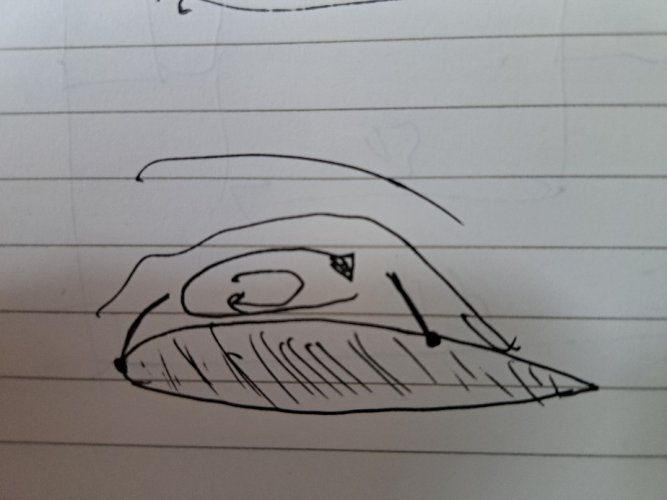ThePolishAviator
ACCESS: Restricted
- Joined
- 29 January 2021
- Messages
- 17
- Reaction score
- 16
Hello,
there is a lot of discussion regarding the inherent aerodynamic advantage of delta wing which is vortex lift, yet I have never encountered a discussion about vortex lift in more conventional wings that simply are highly swept (eg. English Electric Lightning). If the leading edges are very similar and the vortex does not travel very far inboard of the wing then in theory both highly swept deltas and conventional wings should enjoy the advantages of vortex lift.
Am I missing something here or is this indeed the case?
there is a lot of discussion regarding the inherent aerodynamic advantage of delta wing which is vortex lift, yet I have never encountered a discussion about vortex lift in more conventional wings that simply are highly swept (eg. English Electric Lightning). If the leading edges are very similar and the vortex does not travel very far inboard of the wing then in theory both highly swept deltas and conventional wings should enjoy the advantages of vortex lift.
Am I missing something here or is this indeed the case?

